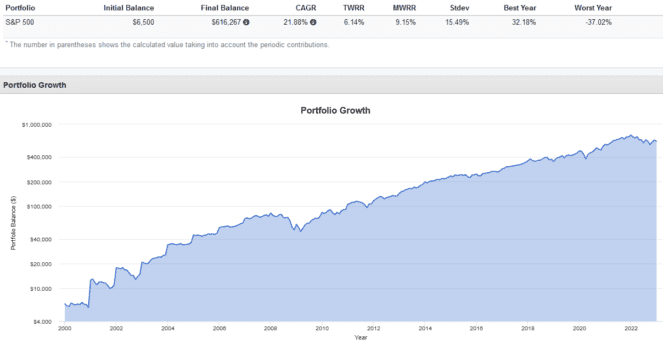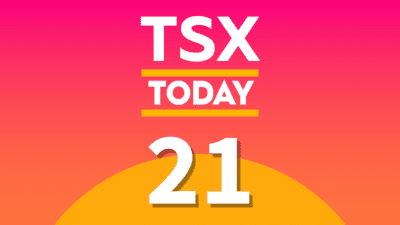Who doesn’t love passive income? The feeling of doing absolutely nothing and seeing payments flow in every month can be exhilarating. For many, consistent, high monthly income is a milestone on the way to being financially independent. That being said, getting to that point can be challenging.
Outside of investing in a rental property, there aren’t too many ways to bring in $1,000 or more in passive income every month. As the saying goes, “You have to invest money to make money”. Still, there are ways for patient, long-term investors to get this going. Let’s walk through the steps together.
Step 1: Max out your TFSA contributions
Your Tax-Free Savings Account, or TFSA, is a great place to start investing to meet future passive income goals. Dividends earned here and withdrawn are tax-free, which means more money stays in your pocket.
The current 2023 TFSA limit is $6,500. This limit starts accumulating once you turn 18 years old. Depending on your age, you could have up to $88,000 in contribution room if you have never invested in a TFSA prior to 2023. Make it a priority to max this account out as soon as possible!
Step 2: Grow your TFSA
Even a maxed-out TFSA of $88,000 isn’t enough to provide $1,000 a month in passive income without investing in risky high-yield assets or selling shares. That would require roughly a 13.63% yield. If any investment promises this high of a yield, run the other way.
So, we have to grow our TFSA nest egg. A great way to do this is via an exchange-traded fund (ETF) that tracks the S&P 500 index like the Vanguard S&P 500 Index ETF (TSX:VFV).
Historically, investing $6,500 in the S&P 500 initially and then $6,500 every year from 2000–2022 (22 years) thereafter would have resulted in a final portfolio value of $616,267.

Step 3: Pick a lower-risk diversified investment
One you’re ready to enjoy that sweet passive income, its time to de-risk. After all, you’ve already won, so there’s no need to take excessive risk. The S&P 500 is a wonderful investment, but it is 100% stocks and can be highly volatile at times.
A great choice here is a lower-risk ETF like the Vanguard Conservative ETF Portfolio (TSX:VCNS), which is 40% global stocks and 60% global bonds. This ETF is as diversified as it gets and makes for a great all-in-one holding. Currently, the ETF has a 12-month yield of 2.44%.
Assuming VCNS’s most recent December 2022 monthly distribution of $0.161715 and current share price at time of writing of $25.45 remained consistent moving forward, an investor who buys $616,267 worth of VCNS could expect the following quarterly payout:
| COMPANY | RECENT PRICE | NUMBER OF SHARES | DIVIDEND | TOTAL PAYOUT | FREQUENCY |
| VCNS | $25.45 | 24,214 | $0.161715 | $3,874 | Quarterly |
When averaged out on a monthly basis, the quarterly payout of $3,874 turns into around $1,291 per month. That’s the power of compounding and diversification at play.









